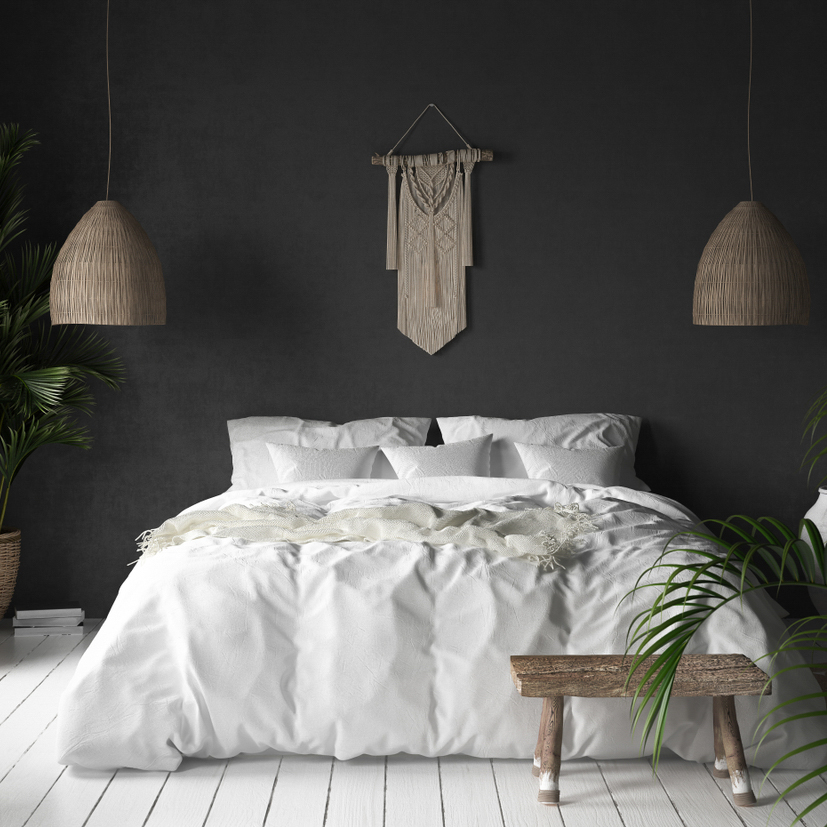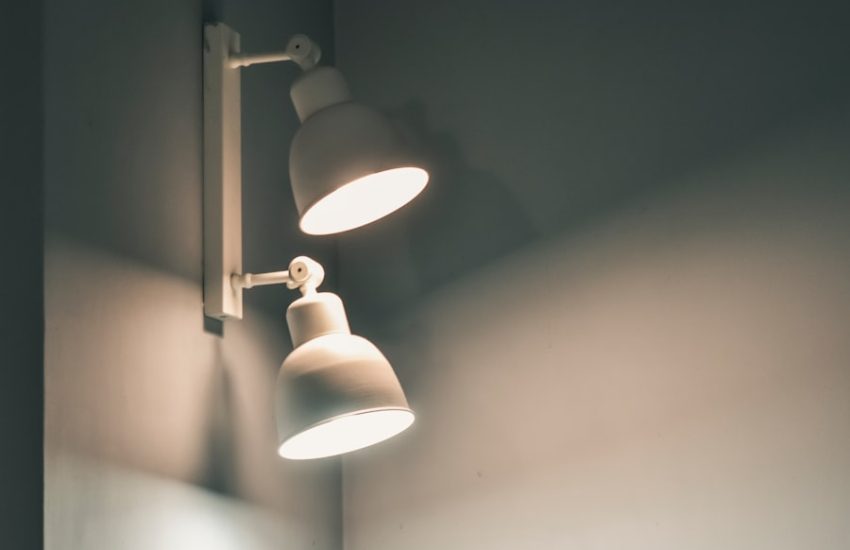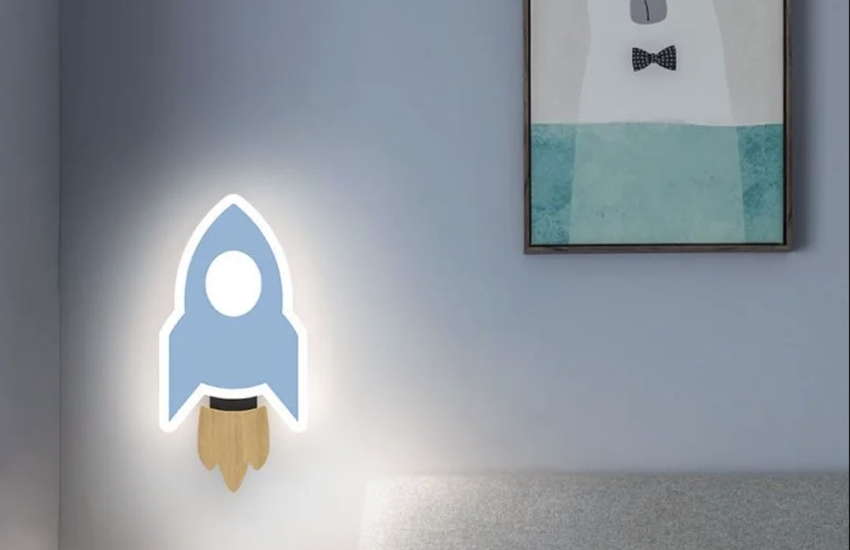
Introduction
Lava lamps are an iconic symbol of the 1960s, and they continue to be popular today. These lamps are known for their mesmerizing lava-like blobs that float around in the liquid-filled glass container. They are a unique piece of home decor that can add a touch of whimsy and fun to any room.
In this article, we will explore the history of lava lamps, how they work, and why they have remained so popular over the years. We will also discuss the benefits of owning a lava lamp and how to incorporate them into your home decor.
History of Lava Lamps
The first lava lamp, also known as the Astro lamp, was invented by British accountant Edward Craven Walker in 1963. Walker was inspired by a homemade egg timer made from a cocktail shaker filled with liquids and illuminated by a light bulb. He saw the potential for a decorative lamp and started experimenting with various liquids and materials to create the unique lava-like effect.
Walker’s company, Mathmos, began mass-producing lava lamps in 1964, and they quickly became a cultural phenomenon. Lava lamps appeared in movies and TV shows, and they were a staple of 1960s counterculture fashion. The popularity of lava lamps dwindled in the 1970s, but they made a comeback in the 1990s and continue to be a popular home decor item today.
How Lava Lamps Work
Lava lamps are made up of a glass container filled with a liquid, usually a combination of water and wax or oil. A heating element at the base of the lamp heats up the liquid, causing the blobs of colored wax or oil to rise to the top of the container. As the blobs reach the top, they cool down and sink back to the bottom, creating a continuous cycle.
The unique lava-like effect is created by the contrasting densities of the liquid and the blobs. The wax or oil is less dense than the water, so it rises to the top. As it cools down, it becomes more dense and sinks back to the bottom. This cycle continues as long as the lamp is turned on.
Why Lava Lamps are Popular
There are several reasons why lava lamps have remained popular over the years. One of the main reasons is their unique and mesmerizing effect. Watching the blobs of wax or oil float around in the liquid can be both relaxing and hypnotic.
Lava lamps are also known for their retro, nostalgic appeal. They are often associated with the 1960s and 1970s, and owning a lava lamp can be a way to channel that era’s vibe into your home decor.
Additionally, lava lamps come in a variety of shapes, sizes, and colors, so there is a lamp to suit any personality or decor style. They can be used as a focal point in a room or as a subtle accent piece.
Incorporating Lava Lamps into Your Home Decor
If you’re considering adding a lava lamp to your home decor, there are a few things to keep in mind. First, consider the size and location of the lamp. Lava lamps come in a range of sizes, from small desk-sized lamps to large floor lamps. Choose a size that fits the room and adds visual interest without overpowering the space.
Next, consider the color of the lamp. Lava lamps come in a variety of colors, so choose a color that complements your decor scheme. A blue or green lamp might work well in a room with a beachy or nautical theme, while a red or orange lamp might work in a room with warm tones and earthy decor.
Finally, think about the placement of the lamp. Lava lamps work well on tables or shelves, but they can also be used as a statement piece on a floor lamp. Consider using a lava lamp in a quiet, tranquil space, such as a bedroom or meditation room, where the lamp’s calming effect can be fully appreciated.

